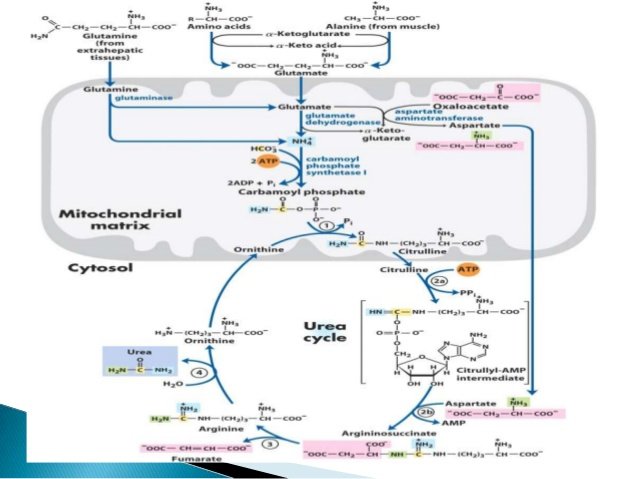The biology of starvation
This will be a series on the various aspects of how metabolism changes during starvation.
Nitrogen excretion.
 !
!
One of the major goals of starvation metabolism is maintaining glucose. If burning it, you only want to go to lactate so it can be converted back to glucose via the Cori cycle. "New" gluconeogenesis-derived glucose only really comes from amino acids and glycerol. You don't want to convert a lot of amino acids to glucose because that's basically burning muscle. If you did this for too long, no bueno. Death. You need amino acids, proteins, enzymes, to keep your organs functioning & viable.
Early in starvation, nitrogen excretion is largely in the form of urea because it reflects protein you ate and some amino acids that have been oxidized. But as fatty acid oxidation ramps up, more glycerol becomes available for gluconeogenesis (reduces need for amino acids) and ketones replace glucose use in a lot of places (further reducing the need for gluconeogenesis from amino acids).
The Randle Cycle. It used to be called: "The glucose-sparing effect of fat-derived fuels." Fat-derived fuels referring to glycerol and ketones. It's more accurately called "the muscle-sparing effect of fat-derived fuels," because, in part, the POINT is to stop burning up muscle proteins.
Later in starvation, when gluconeogenesis from amino acids (which is tightly coupled to the urea cycle) declines, nitrogen excretion comes in the form of ammonia salts, eg, with ketones. Not much urea because of the "muscle-sparing effect."
Next up: Renal Gluconeogenesis
Have you looked into how the average blood glucose levels look in prolonged fasting vs. normal eating?
Blood glucose declines to around ~70 mg/dL during starvation and stays there indefinitely. For example, from Cahill 2006:
Decreased PDH activation and glycogenolysis during exercise following fat adaptation with carbohydrate restoration https://www.ncbi.nlm.nih.gov/pubmed/16188909
one of my mentors commented on the link between the urea cycle and gluconeogenesis: in the lower left portion of the image you'll see a fumarate 'exiting' the urea cycle. It enters the TCA cycle and is funneled from there to glucose via gluconeogenesis. Given fumarate's entry point into the TCA cycle, it also produces NADH which is needed to convert 1,3-BPG into 3-GP in gluconeogenesis.
... and they're not really these clean "cycles" in vivo ...